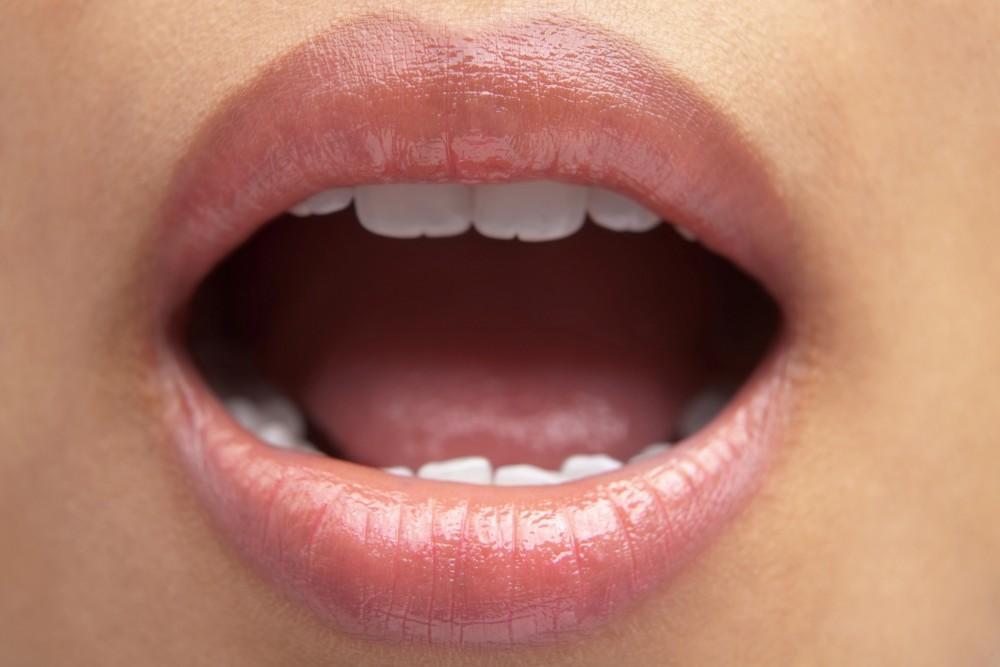
3 Reasons Why Your Dentist Needs To Take X-Rays

There's a lot more to your teeth than what you can see with the naked eye. This is why dentists take X-rays to assess your teeth' parts that aren't visible, including in between and inside each of your teeth. X-rays also help your dentist to see what's going on underneath the gums.
Here are three reasons why dentists need to take X-rays and how they're used in dentistry.
X-Rays Let Us See Under The Surface of Your Teeth
Dental X-rays work like the medical X-rays used to diagnose a broken arm and allow us to see all the different parts of your teeth. From the crown to the root and everything in between, an X-ray allows your dentist to see under your teeth' surface. The diagnostic imaging tool uses unique electromagnetic radiation energy to pass through the mouth, teeth, gums, and bone and create images of each of these structures.
X-Rays Help With Finding Small Issues Before They Become Big Problems
One of the primary reasons dentists take X-rays is to find dental issues that aren't visible to the naked eye. X-rays allow your dentist to look past the tissue of your mouth, such as your gums, and into the deeper areas of your teeth and jaw bone. Using film or digital sensors, this absorption can be measured and turned into an image, similar to a photograph. These images allow your dentist to identify dental issues early, which may prevent future oral health complications.
A Child's Growth and Development Can Be Monitored
For children, dental X-rays are necessary to closely monitor the progress of the adult teeth and the jaw's growth and development. We also use dental X-rays to assess the bone's health that surrounds the root of the tooth, known as the alveolar bone, as well as look for missing teeth that haven't made their way up through the gums.
Factors That Determine How Often You Need X-Rays
Dental X-rays are typically performed on an annual basis. However, it may be necessary for them to be taken more often if your dentist is tracking the process of a dental issue or the success of a previous treatment.
Factors that affect how often your dentist recommends you get dental X-rays include:
- Your age
- The status of your current oral health
- Any symptoms of oral disease that need to be closely monitored
- If you have a history of gum disease (gingivitis) or tooth decay
- If you are a new patient
- Children may also need to have dental X-rays more often than adults.
Therapeutic Vs. Diagnostic X-Rays
The x-rays your dentist takes during your appointment may vary depending on the purpose of your visit. There are two types of x-rays; therapeutic and diagnostic.
Therapeutic X-rays
Therapeutic x-rays are the type of x-ray you'll usually get during a regular dental visit that includes an oral exam and teeth cleaning. This type of x-ray is to provide your dentist with a holistic view of your teeth and your mouth, which allows them to look for any potential signs of oral health issues that may require further investigation.
Diagnostic X-rays
Diagnostic X-rays are usually required when more extensive dental treatments are being planned. This type of x-ray is specifically intended to capture a comprehensive image of the entire tooth, all the way from the top (crown) to the bottom (root).
In some cases, dental procedures, like a root canal, dental implant, or even a filling, may require additional diagnostic x-rays. The images of the tooth and surrounding areas will enable your dentist to plan your treatment accordingly.
Overdue for your next dental exam with X-rays? Elite Dental & Denture PC is here to help. Take control of your dental health, and contact us today to schedule an appointment.
You Might Also Enjoy...


Is Mouth Breathing Bad?

Can Improving Your Smile Boost Your Career?

The Do's and Don'ts of Tooth Extraction

The Oral Health – Mental Health Connection


